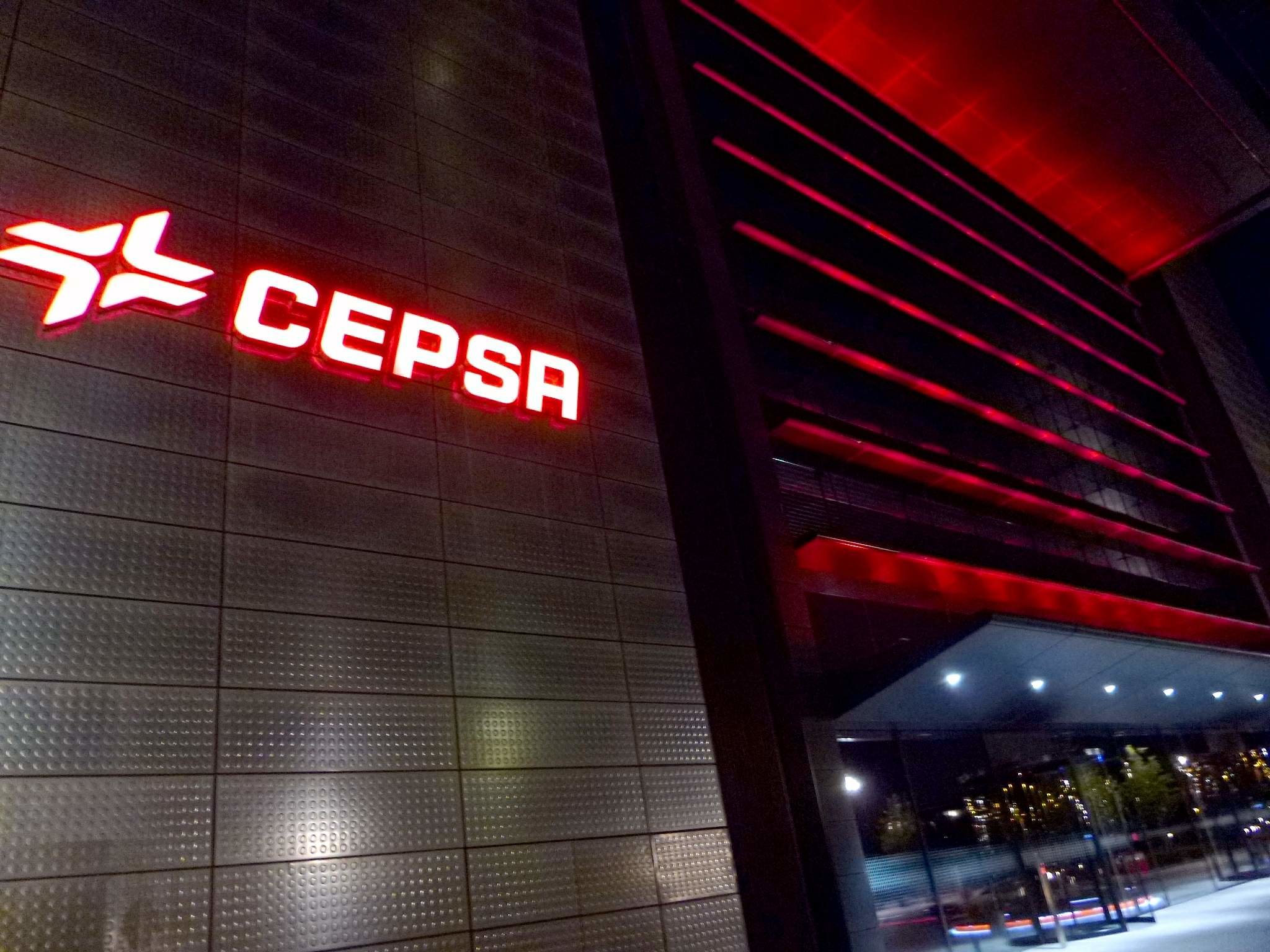
Cepsa will spend 7-8 billion euros ($7.8-8.9 billion) on shifting its business to low-carbon energy sources by 2030, in line with a fossil fuel industry under pressure to limit its contribution to climate change.
Cepsa said it targets net-zero emissions by 2050. New Chief Executive Maarten Wetselaar, who took over this year after 25 years at Shell, wants sustainable businesses including low-carbon jet fuel and renewably-produced hydrogen to generate more than half the group’s core earnings from by 2030, from around 14% in 2022.
Its long-standing chemicals business and oil and gas exploration and production strategies will continue operations, the company said, but the latter unit will have what the company described as “greater autonomy” to generate cash to pump into the company’s reinvention.
Wetselaar said in a statement he wants to make the most of a “historic opportunity,” including developing southern Spain’s wind and solar resources and building plants with a combined capacity of 7 gigawatts (GW), roughly equivalent to seven nuclear plants.
“This will help strengthen Europe’s energy security and independence,” Wetselaar said.
The plan suggests high hopes for so-called green hydrogen, produced by passing renewably-produced electricity through water to split the element from oxygen, a nascent sector that the European Union sees as a way to cut emissions, especially from heavy industry.
Cepsa said it aims to install 2 GW of capacity to produce green hydrogen for import and export between Europe, Africa and the Middle East. Hydrogen refuelling stations for heavy road transport will appear next to electric vehicle chargers at its service stations.